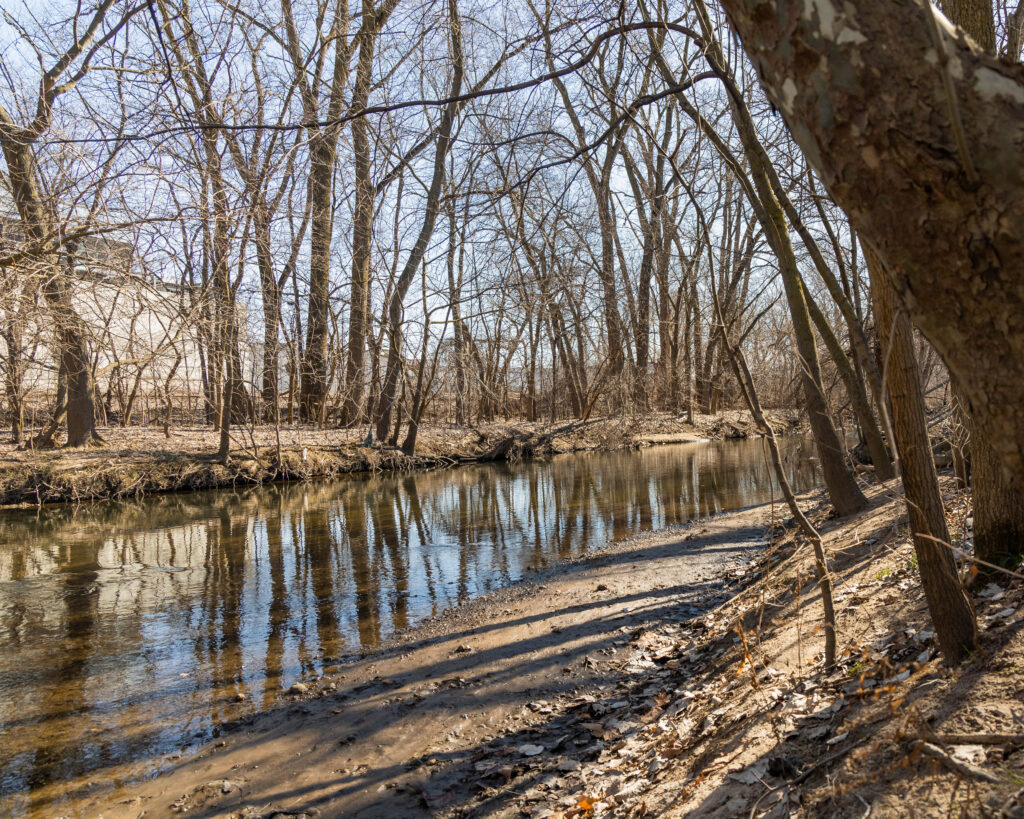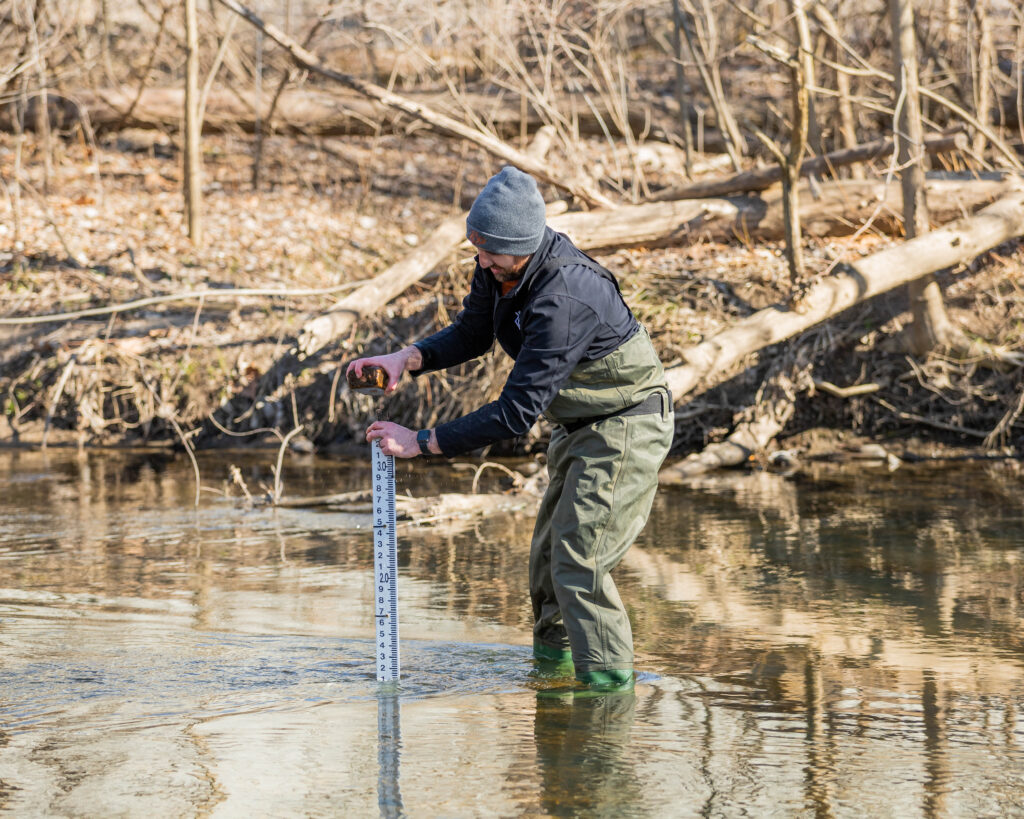Community volunteers contribute to preservation of local environment
John Ball Zoo’s conservation team is monitoring a group of migratory fish species to help understand breeding and spawning of the fish to support their conservation.
Suckers — like the longnose sucker and white sucker, among others — migrate from Lake Michigan in the late winter and early spring into rivers and streams, including the Grand River, where they spawn. As one of its community science projects, John Ball Zoo is working with a team of trained volunteers to gather information about the fish’s patterns. This project is part of the Zoo’s greater efforts focused on improving the Grand River ecosystem.
“Suckers are incredibly important for the health of the rivers they spawn in, releasing huge amounts of nutrients that are important to other fish, plants and aquatic insects,” said Travis Kurtz, community science coordinator at John Ball Zoo. “We are excited to get the community involved in this project, and the data gathered will help us understand and preserve the river.”
The John Ball Zoo and volunteer teams monitor a spawning site daily, aiming to count as many suckers as they can see, as well as tracking other data points like stream temperature and depth.
This program is in partnership with several other organizations, including Grand Valley State University, the Grand Rapids Public Museum and the Lower Grand River Organization of Watersheds. Data gathered by the Zoo and its volunteers is sent to Shedd Aquarium in Chicago, where Dr. Karen Murchie, director of freshwater research, has been collecting data on the other side of Lake Michigan to understand breeding and spawning behavior.
The Zoo is hoping to expand the monitoring project to additional sites in future years, and Kurtz encouraged those looking to get involved in this or other community science projects to reach out to him at
tkurtz@jbzoo.org.
“This is an opportunity for folks who aren’t professional scientists to make a difference for important species locally,” Kurtz said. “It’s such an important facet of the Zoo’s conservation work to offer opportunities for the community members to be part of positive changes in our local environment.”




